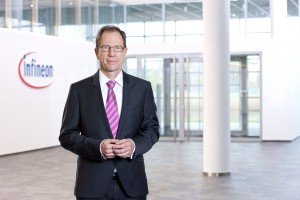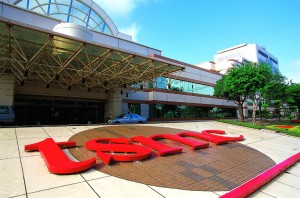GCHQ, which knows a thing or two about passwords, has issued guidance on how to set passwords, saying that over-complex ones may not be particularly secure.
“Password guidance: simplifying your approach”, has been published by GCHQ. It recommends concocting a password from three random words or using a password manager.
“Complex passwords do not usually frustrate attackers, yet they make daily life much harder for users,” says Ciaran Martin, director general of cyber security for GCHQ.
The problem for users is simply remembering passwords, particularly if they are a complex mixture of letters figures and symbols. GCHQ’s advice is to aimed at making users’ lived simpler.





